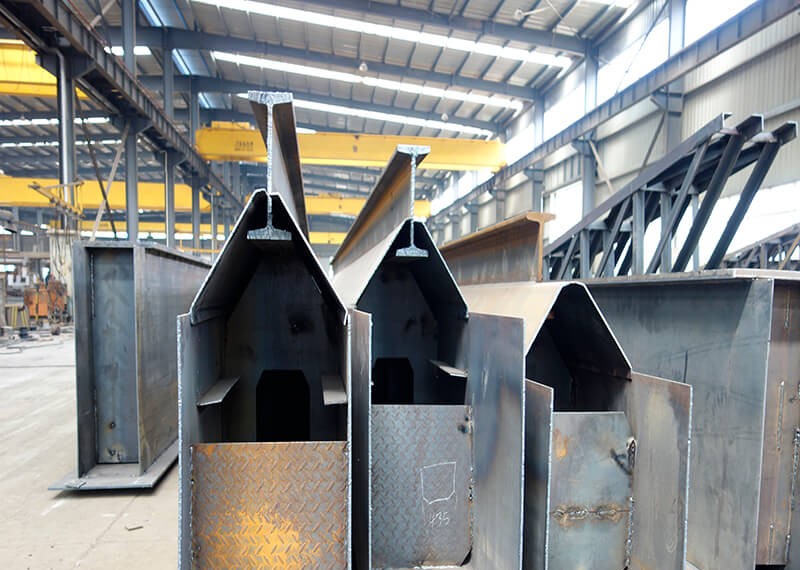
What's the matter with the serious vibration of the bridge crane?
When the enterprise uses the bridge crane for operation, if there is serious shaking and loud noise, it means that there is a certain problem with the crane, and the user should check the problem. Through the summary of past experience, it is found that the failure of the trolley operating mechanism of the bridge crane will cause the crane to experience serious vibration and noise during the braking process. The main reasons are as follows:
1. When the bridge crane starts or brakes, the crane vibrates due to inertia. Now the crane trolley generally uses a soft start motor, and there is rarely a start jitter;
2. The staff who operate the crane operate in violation of regulations or make mistakes. For example, the sudden reverse operation of the crane causes the motor to reverse and causes the impact torque to be too large, and the crane shakes;
3. The lack of lubricating oil of the bridge crane reducer will make the gears rotate poorly, or the gears will be seriously worn and the gaps are too large, which will cause the crane to shake and make a loud noise;
4. It is also possible that the bridge crane has a rail gnawing failure due to the asynchronous operation of the crane trolley, and the crane twists and then shakes and generates huge noise.
During the use of bridge cranes, enterprises should establish relevant maintenance systems and do a good job in the lubrication and maintenance of cranes.
1. Check the brake; check the installation and fixation of each pin, as well as the wear and lubrication conditions.
2. Check all bolts for looseness and shortage.
3. Check the tightening of the bolts of the motor, reducer and other bases, and tighten them one by one.
4. Check the lubrication condition of the reducer, the oil level should be within the specified range, and measures should be taken to prevent leakage of the oil leakage part.
5. Lubricate the gears.
6. Check the wear of the wire rope at the balance pulley, and lubricate the pulley and pulley shaft.
7. Check the condition of the pulley to see if it is flexible, damaged or cracked, and pay special attention to the wear of the fixed pulley shaft.
8. Check the brake wheel, the unevenness of its working surface should not exceed 1.5mm, the brake wheel should not have cracks, and its radial runout should be less than 0.3mm.
9. Check the wear of the wheel rim and tread.
10. Check whether the cable bracket, small pulley, etc. are damaged or blocked;
11. Keep the contactors, fuses, switches, etc. on the control panel of the power box clean to prevent leakage breakdown and short circuit.
12. Do a good job of lubricating all parts of the vehicle.
On the basis of doing a good job in the maintenance of overhead cranes, enterprises should also train operators and formulate perfect operating procedures. Operators must strictly abide by the driver's operating procedures to avoid mistakes and violations. Ensure the safe and orderly operation of the equipment.


